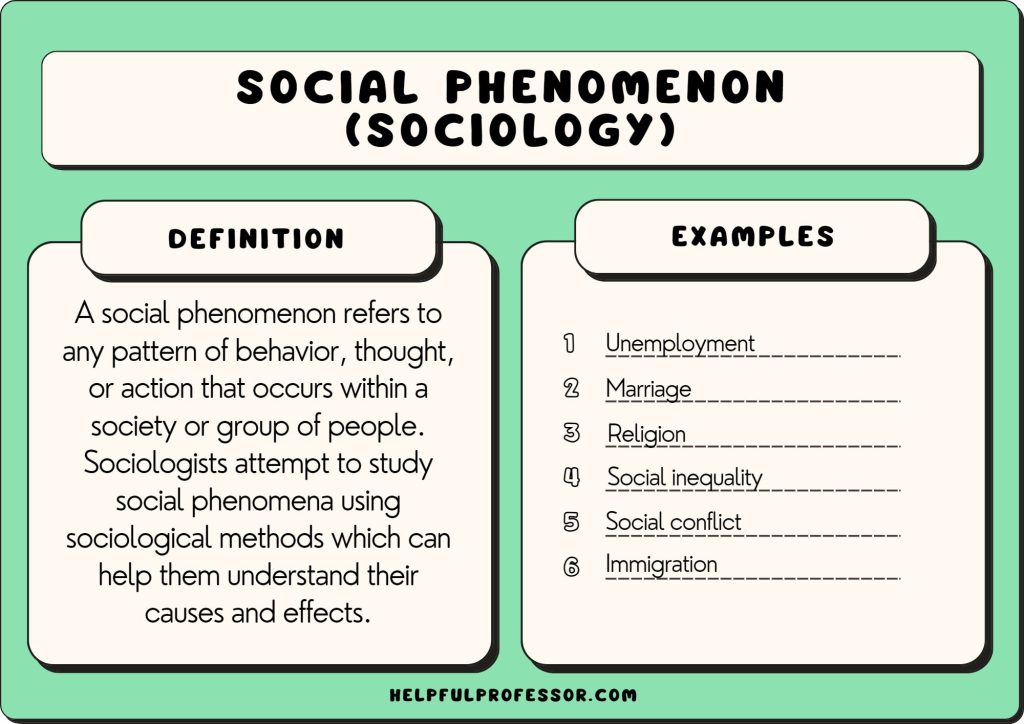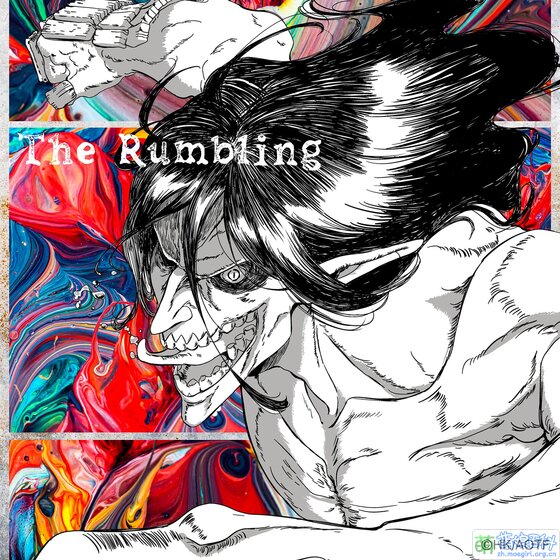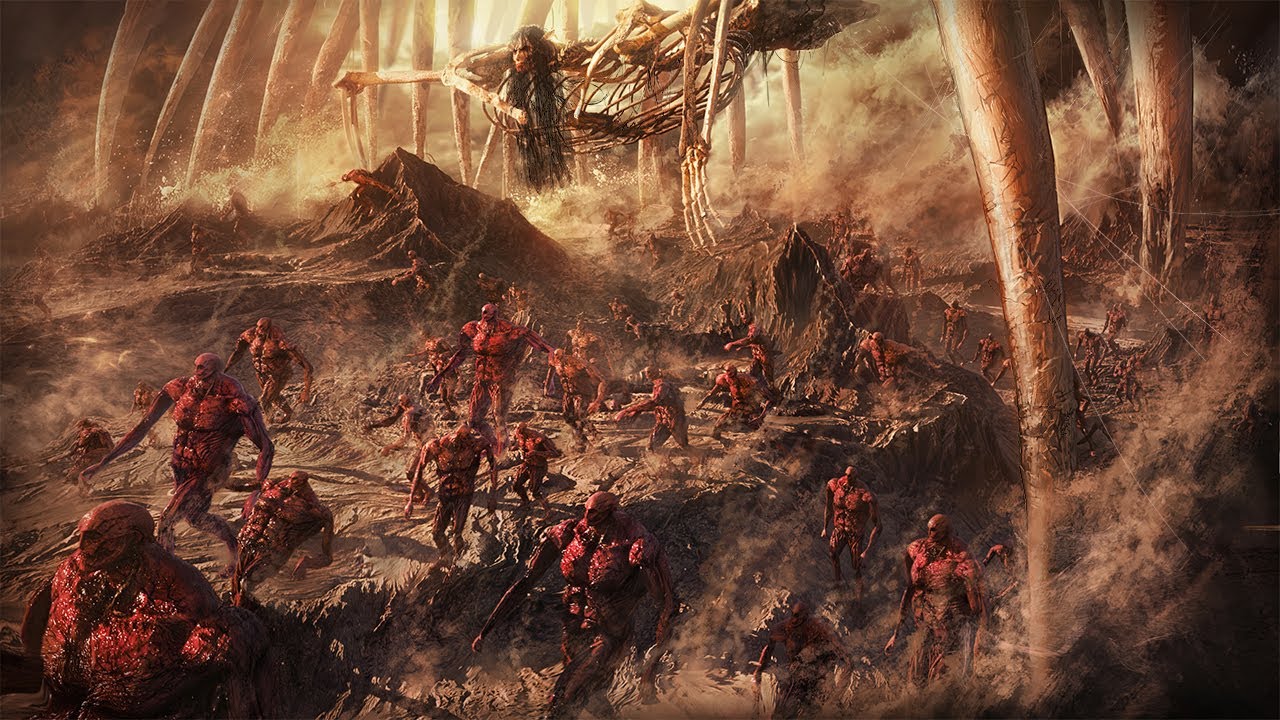The Rumbling, a powerful narrative element that has captivated audiences in various forms of media, refers to a moment of awakening that brings chaos, destruction, and a profound shift in reality. Seen prominently in anime, literature, and video games, it often serves as a metaphor for societal upheaval or a dramatic revelation. But the appeal of the Rumbling goes beyond mere destruction; it reflects deeply rooted fears and desires within human nature. This blog post will delve into the phenomenon of the Rumbling, exploring its historical contexts and its impact on popular culture.
Historical Context and Origins of the Rumbling

The concept of the Rumbling can be traced back through various cultural narratives, from ancient mythology to modern storytelling. Below are some key points that illustrate its evolution:
- Mythological Roots: Many ancient myths feature cataclysmic events that lead to the rebirth of the world. For example, the biblical Flood is a powerful example of a disruptive force reshaping life as it was known.
- Literature Influence: In literature, works like Mary Shelley’s "Frankenstein" hint at the consequences of pushing boundaries, mirroring the fear of awakening great powers beyond human control.
- 20th Century Reflections: Post-World War II narratives, including dystopian literature, often incorporate themes of societal collapse, echoing the fear of what could arise from humanity's own technological and moral failings.
- Anime and Manga: In contemporary popular culture, shows like "Attack on Titan" and "Neon Genesis Evangelion" explicitly depict the concept of the Rumbling, showcasing the horrors of awakening forces and the moral dilemmas faced by humanity.
This historical context showcases how the Rumbling, whether literal or metaphorical, has evolved and resonated with societal fears across generations. The phenomenon acts as a powerful storytelling device, reflecting humanity's ongoing struggle with destruction and transformation.
The Rumbling in Literature and Film

The concept of the 'Rumbling' often symbolizes impending doom, reflecting deep-seated fears and anxieties within literature and film. Several works explore this theme, capturing the imagination of audiences worldwide. From ancient myths to modern narratives, the Rumbling shapes character arcs and storylines, inviting viewers to ponder the consequences of humanity's actions.
One notable example is in the acclaimed novel The Road by Cormac McCarthy, where a post-apocalyptic World's landscape mirrors the dread of inevitable destruction. The journey of the father and son reflects the human spirit's struggle against despair, resonating with the concept of an approaching 'Rumbling' that threatens to obliterate hope.
Similarly, films such as WALL-E present a satirical yet poignant take on environmental negligence. The impending crisis serves as a stark reminder of the repercussions of our choices, encapsulating the essence of the Rumbling in a vibrant, animated form. This approach makes the message accessible while still highlighting the chaos of a world at odds with itself.
Moreover, *classic literature often includes metaphorical Rumblings. Shakespeare's Macbeth showcases internal conflicts and power struggles leading to inevitable ruin, while George Orwell's 1984 projects a dystopian world where the Rumbling signifies a loss of individuality and freedom.
In summary, whether through nuanced character development or expansive world-building, literature and film continually explore the Rumbling's themes, serving as cautionary tales and reflections of our societal fears.
Analysis of the Rumbling in Video Games

Video games have become a prominent medium through which the phenomenon of the Rumbling is explored, offering interactive experiences that immerse players in intricate narratives of conflict and survival. Titles ranging from indie gems to blockbuster franchises deftly utilize this motif to engage players emotionally and intellectually.
One standout example is Attack on Titan: Wings of Freedom, where players face gigantic titans—symbolic of the impending Rumbling that could obliterate humanity. The game encapsulates the tension and urgency associated with this concept, blurring the lines between destruction and survival. Players must strategize and collaborate, mirroring the collective anxiety regarding existential threats in the real world.
Additionally, the Dark Souls series offers a philosophical examination of the Rumbling through its lore and mechanics. The cyclical nature of life, death, and rebirth in its universe echoes the perpetual dangers lurking within its environments. Players are often left grappling with the idea that the Rumbling—represented by powerful bosses and desolate landscapes—is an inescapable part of their journey.
Key features of the Rumbling in video games:
- Interactive Engagement: Players make choices that directly influence the unfolding of the Rumbling scenario.
- Visual Storytelling: Immersive graphics and atmospheric design heighten the urgency of impending doom.
- Emotional Impact:* Narrative-driven games engage players’ emotions, making them feel the weight of the Rumbling personally.
In summary, video games effectively channel the essence of the Rumbling, allowing players to confront complex themes of existentialism, conflict, and resilience, further cementing the phenomenon's significance in popular culture.
The Cultural Impact of the Rumbling

The Rumbling phenomenon, particularly illustrated in popular media like anime and manga, has left an indelible mark on culture. It embodies a visceral representation of fear, power, and societal collapse, resonating with audiences worldwide. Let's break down some of its profound influences:
- Shift in Narrative Themes: Works that incorporate Rumbling often shift from lighthearted tales to darker, more complex narratives. They challenge audiences to confront uncomfortable truths about human nature and society.
- Symbol of Destruction and Renewal: The Rumbling is not just about chaos; it often symbolizes the possibility of rebirth. Think of how many stories fold in a destructive arc, only to emerge stronger in their resolution.
- Character Development: Characters often face intense moral dilemmas. These struggles make them relatable, allowing audiences to reflect on their choices and principles.
- Aesthetic Influence: The visual portrayal of the Rumbling—intense landscapes, massive Titans, and chaotic settings—has inspired countless artists. You can see its influence in everything from fashion to graffiti.
- Discussion and Debate: The Rumbling has sparked numerous conversations, online and offline. Fans engage in debates, breaking down its themes and implications, fostering a community that thrives on analysis.
Ultimately, the cultural impact of the Rumbling hinges on its ability to evoke emotion, inspire creativity, and challenge societal norms. Its narrative serves as a mirror reflecting the complexities of our world.
Theories and Interpretations Surrounding the Rumbling
The Rumbling has spurred a plethora of theories and interpretations, each adding layers to its understanding. Fans often gather in forums and social media to dissect what it all means. Here are some prevalent theories:
- Environmental Allegory: Some view the Rumbling as a critique of humanity’s disregard for nature. The awakening of the Titans symbolizes consequences of environmental neglect, suggesting that reckless actions lead to catastrophic outcomes.
- Trauma and Recovery: Another interpretation centers around personal and collective trauma. The Rumbling can represent the psychological scars from experiences like war or oppression, urging individuals and communities to confront their histories for healing.
- Power Dynamics: The Rumbling also speaks volumes about power—who wields it, how it's used, and the consequences of its abuse. Debates often arise over whether it glorifies or condemns absolute power.
- Destiny vs. Free Will: A core philosophical discussion revolves around the tension between fate and the ability to choose. Can individuals break free from predestined paths? This question mirrors the choices characters must make within the story.
- Humanity’s Duality: The Rumbling reflects the continual struggle between creation and destruction, love and hatred. It prompts audiences to contemplate their own dualities and moral compasses.
In conclusion, the theories surrounding the Rumbling enrich the narrative, inviting ongoing exploration and interpretation. It serves as a reminder of the complexities of human nature and societal constructs, making it a treasure trove for discussion among fans.
Exploring the Phenomenon of the Rumbling in Popular Culture
The concept of the "Rumbling," originating from the acclaimed manga and anime "Attack on Titan," has transcended its fictional confines to become a notable phenomenon in popular culture. This terrifying event, characterized by massive, world-altering consequences, serves not only as a plot device but also as a metaphor for various themes that resonate deeply with fans.
At its core, the Rumbling represents:
- Destruction and Renewal: The cataclysmic nature of the Rumbling symbolizes the duality of destruction as both an end and a potential new beginning.
- The Struggle for Freedom: The ethical dilemmas surrounding the Rumbling challenge characters' motivations and provoke discussions about liberty and oppression.
- Fear and Hope: It embodies the conflict between humanity's darkest fears and the hope for redemption and understanding.
This phenomenon has sparked extensive discussions across various platforms, including:
| Platform | Type of Engagement |
|---|---|
| Social Media | Fan theories, memes, and debates |
| YouTube | Analysis videos, breakdowns, and reactions |
| Fan Art Sites | Creative reimaginings and interpretations |
As the Rumbling continues to permeate discussions, it inspires creators across mediums to explore its themes in their works, highlighting its lasting impact on storytelling and cultural reflection.
Conclusion: The Rumbling's presence in popular culture signifies an ongoing engagement with complex themes, ensuring it remains relevant as audiences continue to grapple with its implications and interpretations in future narratives.
 admin
admin








